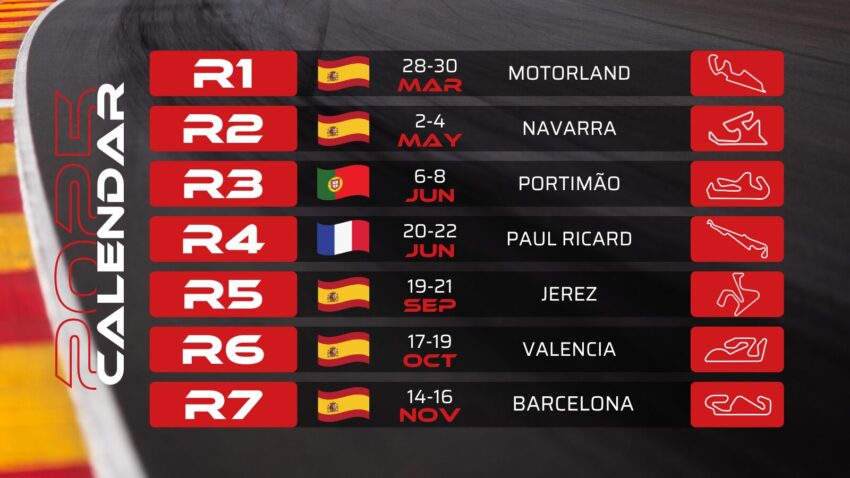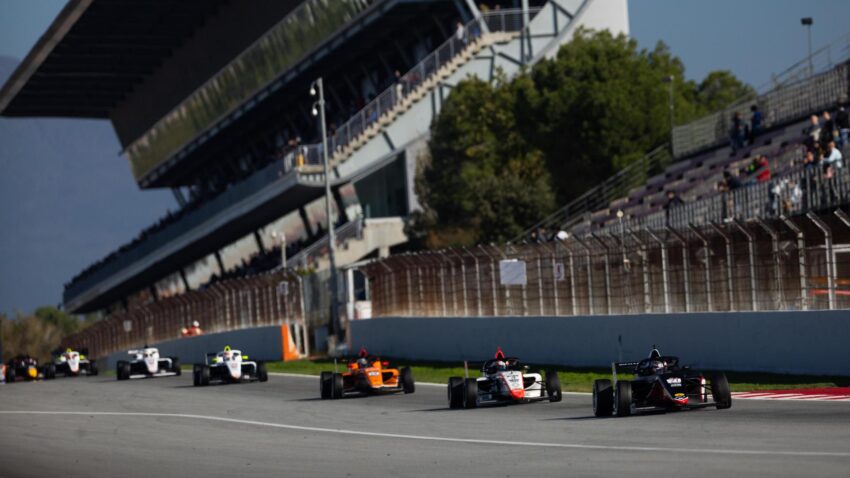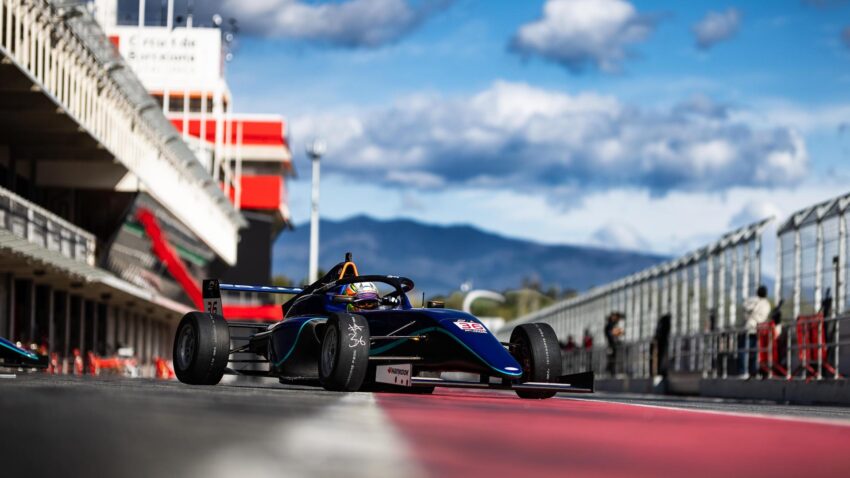Simulator training for drivers: advantages and new trends in career preparation next-generationIn this post, we will explore the advantages and new trends in driver preparation through simulators, highlighting how these tools are transforming training in the F4 category.
Advantages of training with driving simulators
Realism and precision
The Simulation offers an unprecedented level of realism. Modern driving simulators accurately replicate the conditions of a real race, including vehicle dynamics and track characteristics. This immersive experience allows drivers to improve their skills without the risks associated with on-track sessions.
Cost reduction
The use of simulators is not only safer but also more economicalF4 teams can significantly reduce equipment and maintenance costs by minimising the hours of use on real vehicles. Moreover, Simulation allows drivers to train on different circuits and in varying weather conditions without the need to travel physically.
Improvement of driving technique
Practice in simulators enables drivers to work on their conducción driving technique consistentlyAspects such as racing lines, braking, and acceleration can be perfected through repetitive sessions and data analysis. Simulators also allow for the experience of specific race scenarios, such as off-track excursions or wet conditions, helping drivers to be better prepared for any eventuality.
New trends in simulation
Integration of artificial intelligence
One of the emerging trends in the use of next-generation is the integration of artificial intelligence (AI). AI can generate virtual opponents that simulate the behaviour of other drivers on the track, offering a more challenging and realistic experience. This technology helps drivers develop race strategies and improve their overtaking skills.
Virtual reality simulators
Virtual reality (VR) is revolutionising race simulation. Simulators equipped with VR technology provide a fully immersive experience, allowing drivers to feel as if they are really in the car seat. This technology enhances spatial awareness and reaction capability, crucial elements for on-track performance.
Personalisation and adjustment of simulators
Modern simulators allow for a high degree of personalisation, adapting to the specific needs of each driver. From steering wheel and seat configuration to simulating different makes and models of vehicles, these systems offer a personalised experience that maximises learning and continuous improvement.
Impact on the F4 Spanish Championship
In the F4 Spanish Championship, next-generation have become an essential tool for drivers. The quality of the simulation and the training opportunities they offer are raising the level of competition. Teams and drivers are investing in the best Simulation technologies to ensure they stay at the forefront.
The rise of Simracing
The simracing has gained incredible popularity in recent years, not only among enthusiasts but also among professional drivers . This phenomenon has allowed F4 drivers to compete in virtual championships and enhance their experience in high-level racing With simulation setups that replicate F1 and rally cars, drivers can train in a wide range of disciplines.
Expert opinions
Experts in the field of race simulation affirm that the use of advanced simulators is crucial for the development of young drivers. These systems not only improve driving technique but also help familiarise drivers with gear shifts, steering wheels, and other critical controls. The quality of current simulation provides an experience very close to reality, according to experts.
The future of simulator training
With the continuous advancement of technology, simulators training is destined to become an even more integral part of motorsport. Renowned brands in the market are developing next-generation driving simulators, offering highly customisable configurations and a superior user experience. This ensures that both F4 drivers and those in other categories, including GT and F1, can greatly benefit from this technology.
In conclusion, the use of next-generation driving simulators in the preparation of drivers in the F4 Spanish Championship is redefining the training methods of the category.
With clear advantages such as realism, cost reduction, and technical improvement, along with new trends like artificial intelligence and virtual reality, simulators are positioned as an indispensable tool for success on the track. The accumulated experience and innovations in simulation will continue to drive the performance of drivers in the F4 Spanish Championship and beyond.






